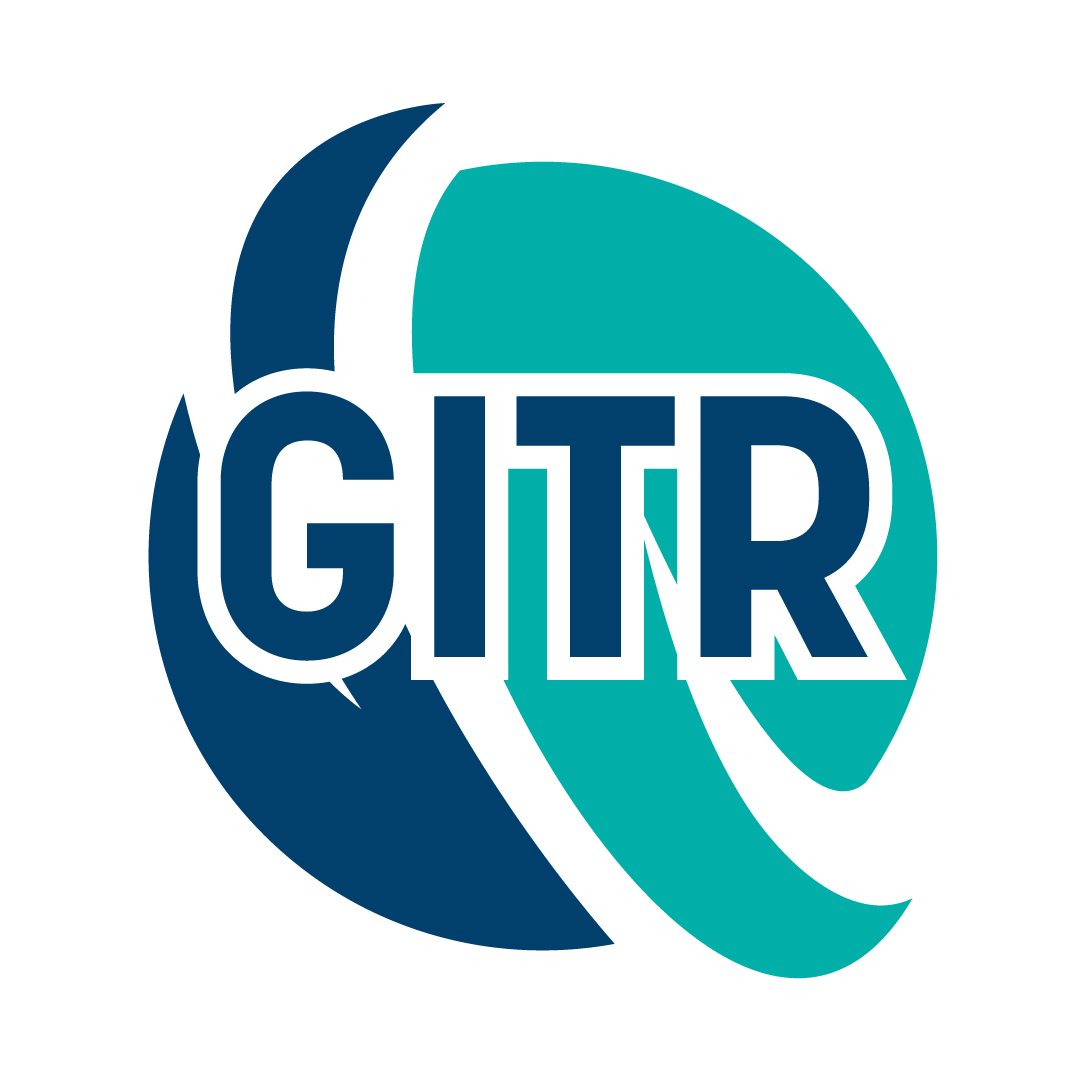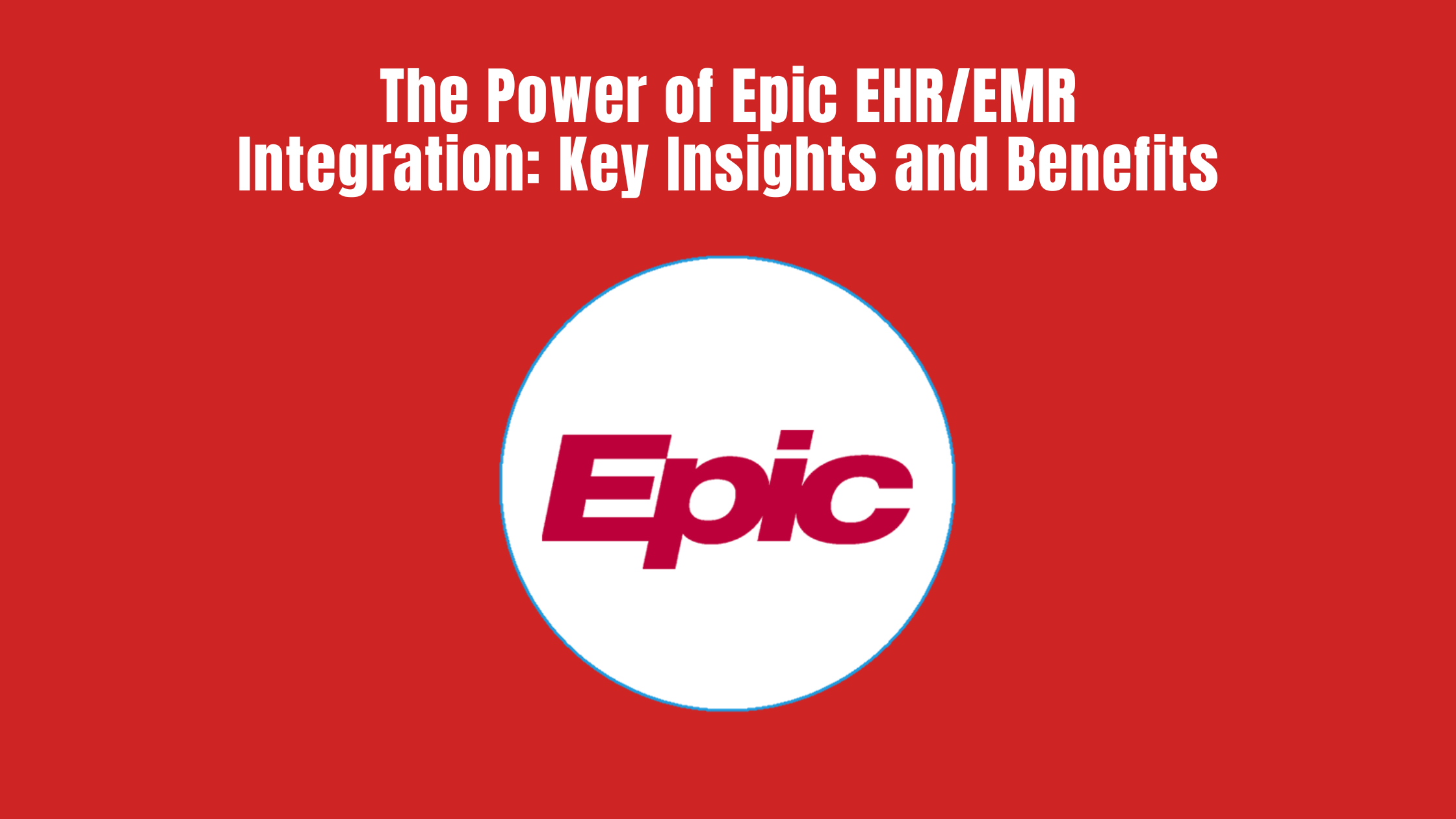
Why has the EMR revolution left so many hospitals in the dust?
For many hospitals, the first genuinely serious encounter with healthcare IT occurred when the Federal Government mandated that all hospitals should implement and run an EMR/EHR. This process kicked off in 2009 with the passing of the American Recovery and Reinvestment Act under President Barack Obama and has been running at a frenetic pace since then.
One of the issues created by the brake neck pace of the EMR revolution is that many hospitals have had little or no time to investigate best practices within this space. In a more normal business environment, corporations invest heavily in strategic advice and analysis before deciding what large-scale software solution they should implement. Vitally important components such as integrating to existing systems, statutory reporting, and legislative compliance are taken in to account prior to any decisions made. Because of the compressed period of the ARRA, considerably less thought was given to mulling over some nuances that would later have significant repercussions. Problems that healthcare organizations were not previously aware of are now generating headaches. Things like storage data, system security from hackers, malware, and ransomware, technological upgrades to existing systems, and further advances, federal and state compliance of patient data, security and access, and identifying the value of all of this new wealth of digital information. While this list alone seems extensive, the list goes on.
The fault does not lie with the hospital Executives, who given the lack of time, had to make bold decisions. The issue was baked into the end result by necessity, and the desire of Hospitals’ Senior Management to remain compliant with federal regulations.
In retrospect, whilst the benefits of big healthcare data may aid the governments’ decision-making process, a more elongated roll out may have allowed for much improved outcomes.
As with real medicine, there is no perfect pill that cures all healthcare IT woes. However, certain solutions have distinct advantages over others. If we look at commercial enterprises where use of ERPs (Enterprise Resource Planning tools, which are broadly similar to EMR/EHR) is extensive, we will find that research into best practices, cost effectiveness, optimization, and digital security is light years ahead of the healthcare IT environment. Analysis by Deloitte Consulting in their 2016 survey said that 90% of larger companies outsourced some or all their core applications.
The key is to look for best practices and the critical advantages any offering can provide.
Our recommendation is to think about a cloud-based solution. One in which all your EMR/EHRs can be safely housed, along with your specialized software and/or legacy systems. The advantages of running a cloud-based system are numerous, particularly for Healthcare Providers. Some of those advantages listed below:
- Regulatory compliance.
- Improved 24/7 security.
- Digital modernization.
- Application optimization.
- Improved application integration.
- Limitless data storage facility.
- Faster access to data.
- Increased protection from ransomware/hackers.
- Smoother upgrades.
- Improved data analytics.
- Cost savings, (typically 17%).
It sounds obvious, but worth re-stating, “Hospitals are not IT departments”. That simple fact should be one of the concerns for any hospital’s Executive Management. By establishing an appropriate relationship with a suitable cloud provider, the high cost of software and application optimization in addition to operation can be mitigated. Thus, freeing up the hospital to focus on its core business – the provision of healthcare services.
Feel free to weigh in on this topic, whether you agree or disagree.
To find out more about healthcare application cloud providers, please contact Michael Williams at mikew@globalhit.com or call 562 508 4040.
Original article written by Michael Williams, CEO, Global Healthcare IT, Inc.


